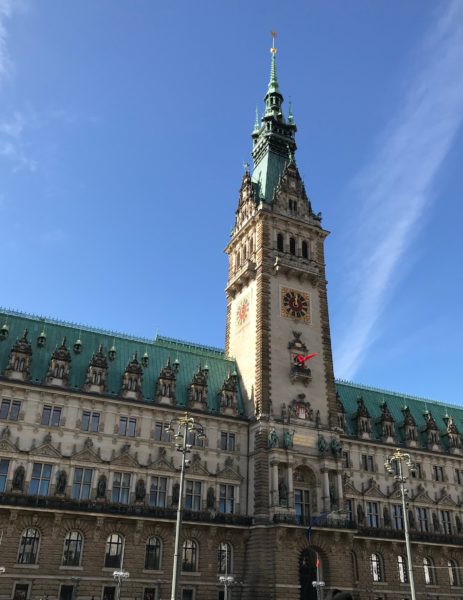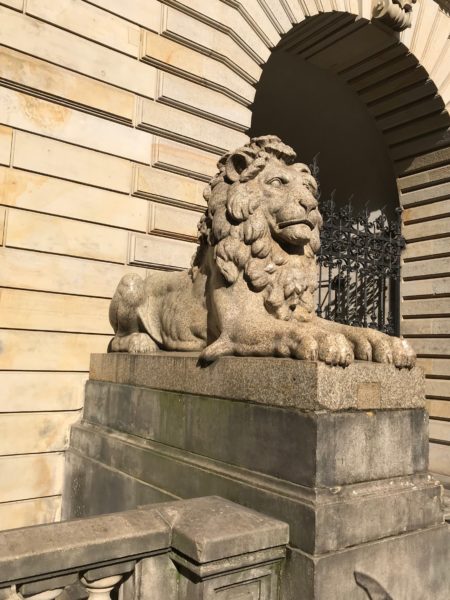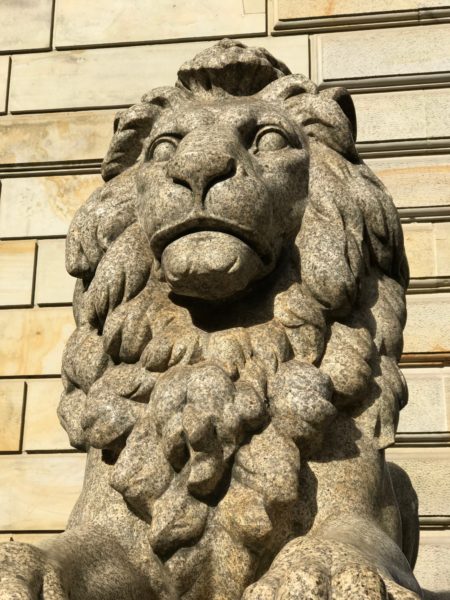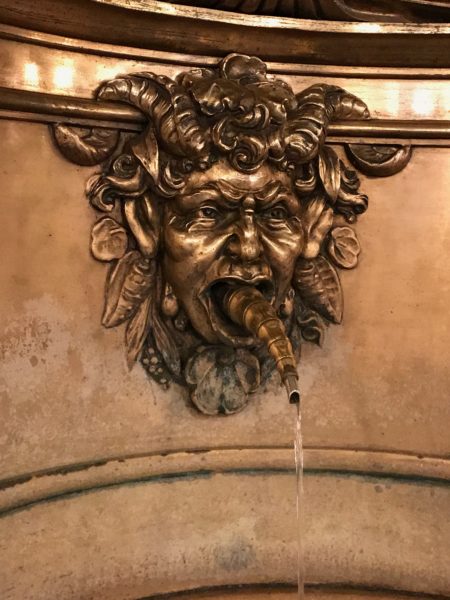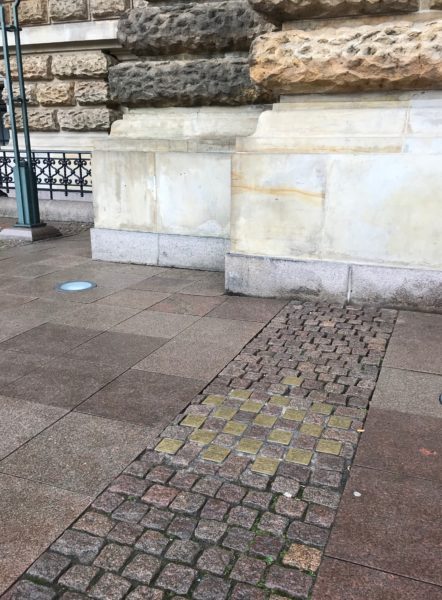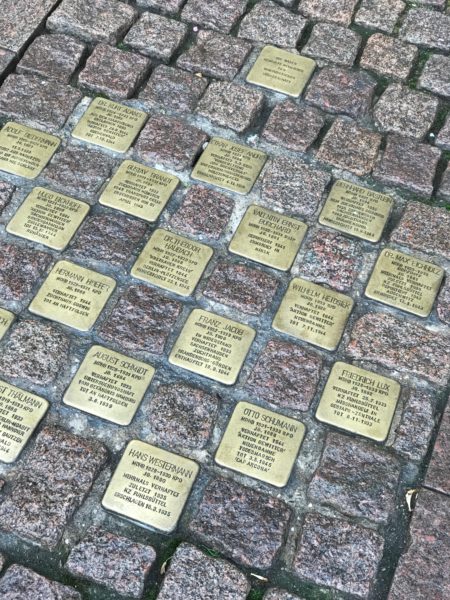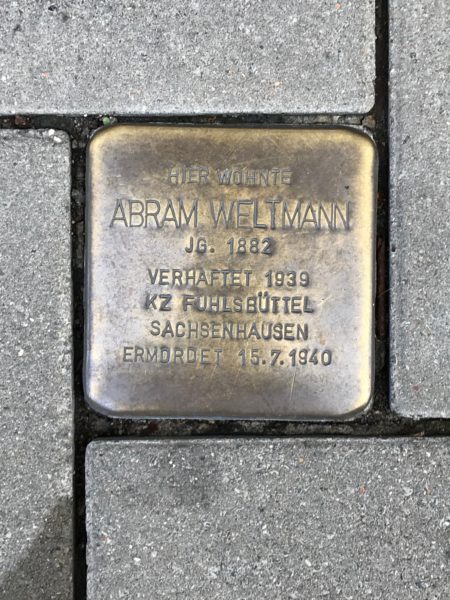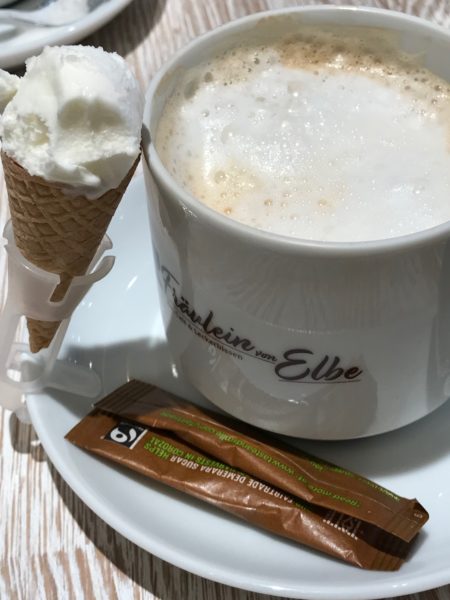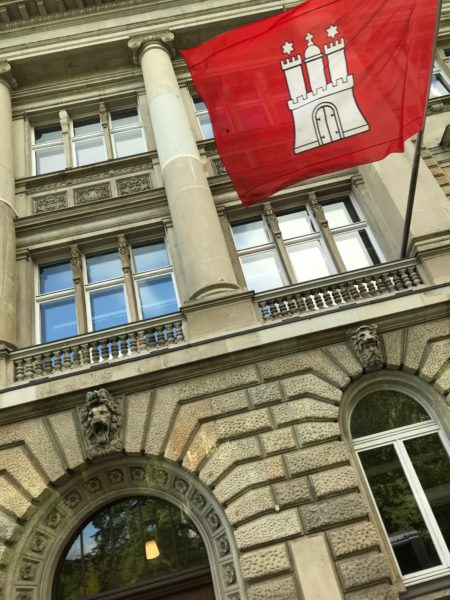
Best Place To Order Tramadol Online Hamburg as a City-State has its Own Flag © 2018 Bo Mackison
http://economiacircularverde.com/que-es-la-economia-circular/ From journal notes, October 3, 2018:
Buy Cheap Tramadol Mastercard Hamburg is called the Gateway to the World. Germany’s largest port and the second-busiest in all of Europe, tucked in a well protected spot on the Elbe River, 60 miles from the North Sea. It’s also Germany’s second largest city with a population of over 1.8 million. Overall, a busy place, but not so busy our first day exploring because we arrived on German Unification day, a national holiday.
- Rathaus ©2018 Bo Mackison
- Hamburg’s City Hall ©2018 Bo Mackison
Tramadol Online Info from hamburg.com: The impressive Rathaus or City Hall is Hamburg’s seat of government; It is where Hamburg Parliament and the Senate assemble. The eclectic, neo-renaissance building from 1897 was one of the more interesting buildings we explored.
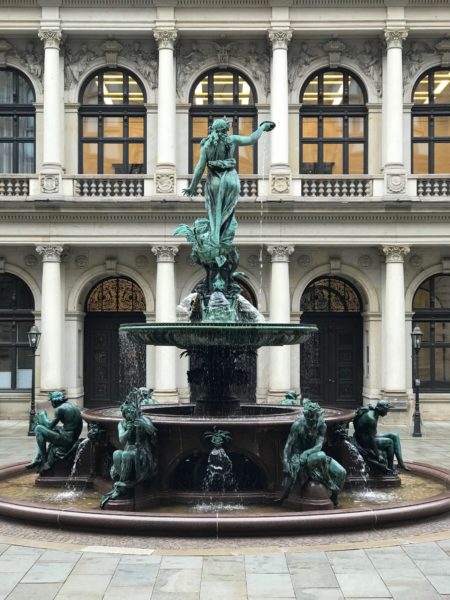
Tramadol Online Cod 180 Hygieia-Fountain ©2018 Bo Mackison
A passageway connects the City Hall to the Hamburg Stock Exchange. The newly renovated courtyard between these buildings resembles an Italian piazza and is decorated with the ‘Hygieia-fountain’ which was named after the Greek goddess of health and built in remembrance of the cholera epidemic that took place in 1892. At the feet of the goddess is a dragon and symbol of the defeated cholera.
At the base of the fountain are three male and three female bronze figures which symbolize the power and blessing of water–a fisher boy, a woman with a pitcher, a girl rowing, a boy with a model ship, a faun with the shell of wealth, and Aphrodite (she who was born of the waves.)
- Granite Lion ©2018 Bo Mackison
- Sculpted by Carl Börner ©2018 Bo Mackison
Four granite lions, sculpted by Carl Börner, sit at the entrance to the courtyard, welcoming you into the inner courtyard.
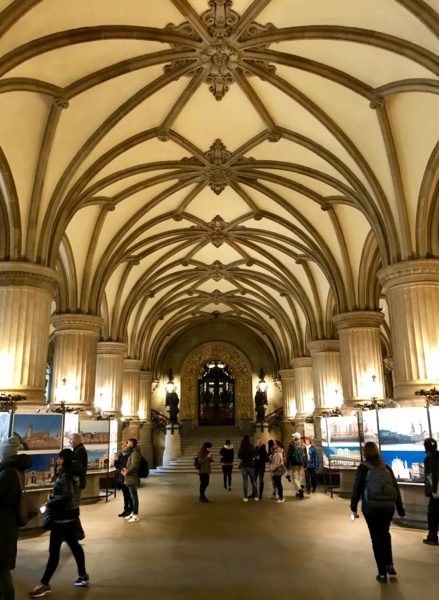
Entrance Hall on Main Floor ©2018 Bo Mackison
City Hall construction started in 1886 with 4000 wooden poles that had to be drilled into the muddy shores of the Alster Lake, in order to carry the weight of the 436 ft wide, 230 ft deep and 368 ft tall building. It is truly palatial, having 647 rooms. It is one of the few buildings that survived both the Great Fire of 1842 and the bombings of WWII which leveled much of the city.
- Copper Fountain ©2018 Bo Mackison
- Water Spitter? ©2018 Bo Mackison
Every city hall should have such fascinating art fixtures. There’s the copper water fountain…with the water spitter.
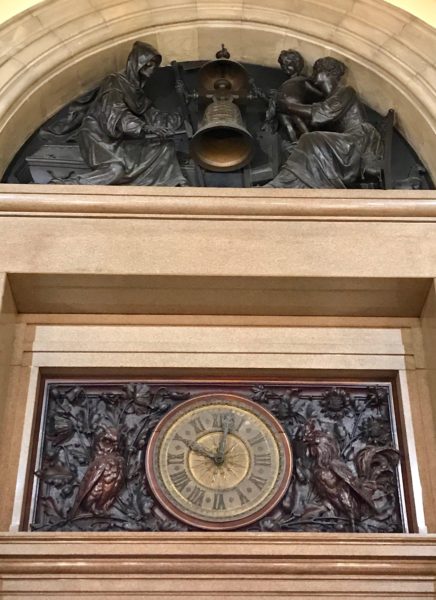
Clock and Tableau ©2018 Bo Mackison
![]()
There’s the clock above the main entrance’s door–a tableau with mother and child on the right side and the Grim Reaper on the left side. At quarter past the hour, the child’s figure strikes the bell; at the top of the hour the Grim Reaper strikes the bell. A reminder that life is fleeting.
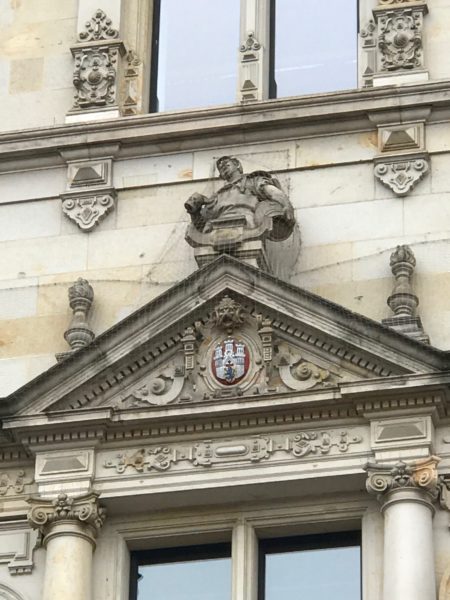
The Brewer ©2018 Bo Mackison
And outside is a veritable sculpture gallery. There are hundreds of full-sized sculptures on the facade of City Hall. The gods and generals, saints and emperors are not the only ones given a moment in statuary fame; the common man is also featured. Bakers, candlestick makers, potters. Here, the brewer is toting a cask of his brew.
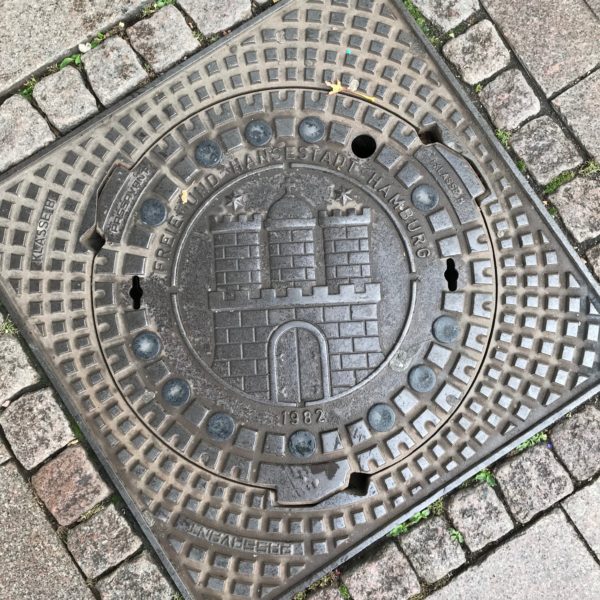
Manhole Cover with hamburg’s City Symbol ©2018 Bo Mackison
The city symbol is found everywhere — even on the manhole covers.
- In Front of Hamburg’s City Hall ©2018 Bo Mackison
- Stumbling Stones ©2018 Bo Mackison
- Copper Remembrance Stone ©2018 Bo Mackison
From the Stumbling Stones website: Since 1995, Cologne-based artist Gunter Demnig has been commemorating the victims of the German Nazi regime through his project “Stolpersteine” – Stumbling Stones. The artist has been laying small memorial stones all over Germany — in sidewalks and pavements outside the places where the people lived or worked who were persecuted and murdered by the Nazi regime.
These stones were near the main entrance to Hamburg’s City Hall and were laid in 2002; the stones now number 5,000 in Hamburg alone. (We also saw stones in Kiel and Amsterdam.)
- What’s a Coffee… ©2018 Bo Mackison
- Without Gelato on the Side ©2018 Bo Mackison
Just before returning to the ship, we stopped for a cappuccino. Every cappuccino at Fräulein von Elbe: Eis, Cafe and Leckerbissen (Ice Cream, Cafe and Delicacies) is served with a side of gelato. I approve of this tradition.
